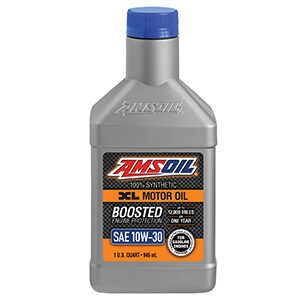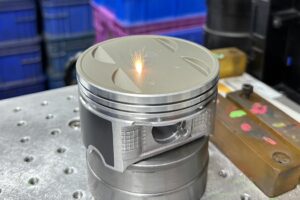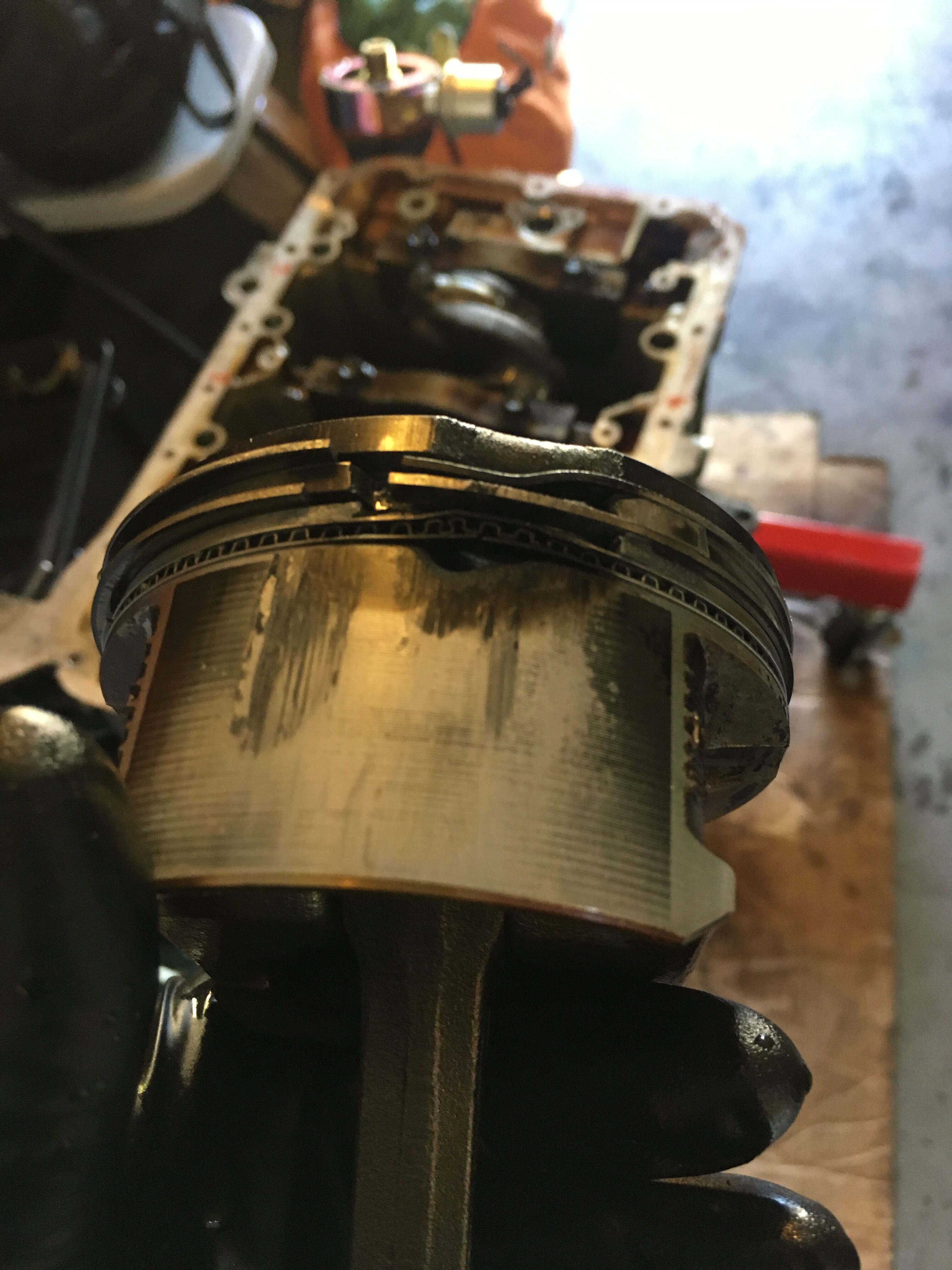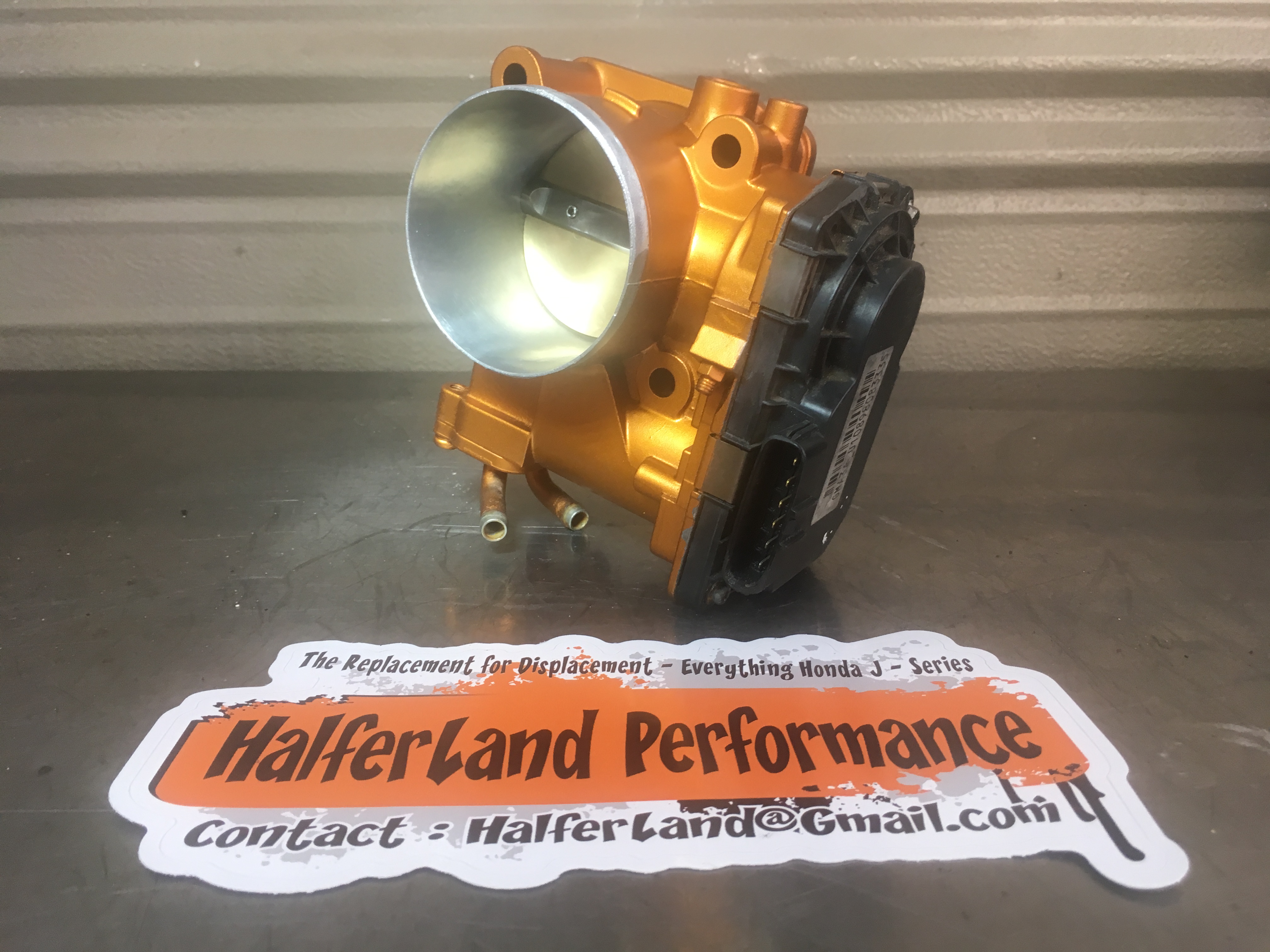It’s well known that our J-Series engines come with tight piston ring end gaps from factory. Usually this will be one of the first limitation you reach once you start edging up towards 500-600whp territory (along with a couple others, depending what motor you go with). As the motor heats up so do the pistons and ultimately the piston rings. As that happens the piston rings goes under thermal expansion, which can ultimately lead to the two ends butting together (as some call “pinching”), which then the two ends have nowhere to go and get pushed up into the pistons ring land (where the piston rings sit or “grove”) and ultimately breaks the stock cast piston. There have been some (actually only one instance) we have “heard of” someone running stock pistons and they “alleged” stock ring gap past 800whp…which they claim to 1400whp!! Sorry, but we have never heard or seen of anyone else on stock pistons past 700-800whp. The only way we could see this happening is if they ran some form of Meth based fuels, and which has a cooling effect when injected, thus the pistons not heating up as much and the rings not pinching. It’s not to say it cannot be done, but personally I wouldn’t put my faith in stock cast pistons beyond the 550whp mark, let alone with stock piston ring end gaps. If you’re putting all this money into building the bottom end, why cheap out or risk it with stock end gaps?.
With some research you will see there is case, after case, after case of the J-Series stock pistons breaking due to piston ring pinching/butting…..and our J32 experienced the same effects around 600-650whp with the ring gaps left at oem specs (Safe AFR, Safe timing etc). This even more holds true for forced induction applications, as when you compress air it heats up, only compounding the issue. In our situation to make things worse, we choose to run our engines with higher compression, with our Turbo J32a3 engine running 11.5:1 compression, which only adds to additional cylinder temps with the higher compression ratio and throwing forced induction air on top. There’s many ways to set up a engine and we prefer the higher side of compression and in doing so the optimal route would have been to gap those piston rings, but that would negate the ultimate reason why we were running a COMPLETELY STOCK J32a3, for us to personally find the limits of what these engines can do in 100% completely stock form. If you don’t already know, J32a3’s already running 11:1 comp. from the factory, so it wasn’t a stretch or oddity for someone to boost at our CR or even higher. However, that extra CR will always lead to higher cylinder temps (compressed air / Hot air) , thus heating the piston rings more then say a 10:1 engine, and yes, this may have played a larger role to the ultimate failure of our J32a3 a little faster than a lower CR engine would have….non the less all J’s in completely stock form will start finding limitation with their piston ring end gaps, pistons and rods around 600-700whp. However, we feel at a BARE MINIMUM if targeting 500whp or up, and you want to remain 100% stock with internals, you should at least pull the pistons and reset the rings end gap to our “General Rule of Thumb” specs, below.
You’ll see from the sample picture in this thread that the piston did not suffer from any type of detonation (unlike what some salty people will say, LOL) and the only damage was strictly located in the ring land area, exactly where you see the piston rings are bent (from butting) and pushed up into the ring land, thus cracking them and causing piston failure…which again is only caused by piston ring end gaps butting together (not the tune, not a bad motor, but stock piston ring gap at 600whp). This engine did end up being saved/salvaged, a new piston installed, left the block completely stock bottom end and all piston ring gaps were gaped appropriately. This J32a3 simply with a new piston and all the pistons rings gapped appropriately currently has 8k HARD MILES on it (Sept. 2019), with MANY MANY WOT pulls (easily 80+ multiple gear pulls and races), street tuning session, while also being a daily driven. This goes to show the J-Series resiliency and dependability, even around 550-650whp, which again we feel is the safe limit for stock internals on these engines AFTER the piston ring end gap is addressed. If you choose to run these engine under nitrous or forced induction and while still with the stock piston ring end gap, the 500whp is what we would run and consider to be the max “Safe” limit + conservative ignition timing + fat AFR mix.
For that reason, if you’re swapping in a stock motor for nitrous or forced induction, it’s best to pull the pistons and gap the rings before install. This will insure a safe running FI/Nitrous J-series engine to around the 600whp territory.
The general rule of thumb is this….
– Stock to 350-400whp = Safe to leave them alone
– 450whp-700whp =
Top Ring = Bore Diameter (Inches) X .007″
Second Ring = Bore Dia. (Inches) X .008
750WHP-1000whp (General Rule, Seek guidance from engine builder)
Top Ring = Bore Diameter X .008-.009
Second Ring = Bore Diameter X .009-.010




